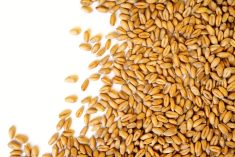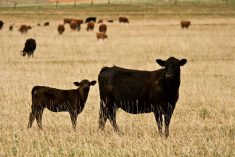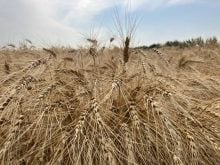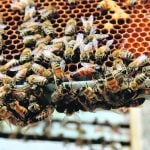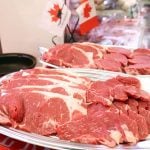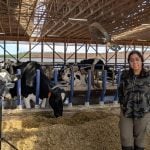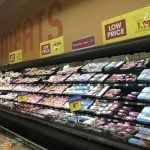Compared to last week, western Canadian yearling prices were $2-$4 higher on average; however, in southern Alberta, yearlings traded $6-$8 above week-ago levels.
A few auction barns in Alberta held their first feature sales of the fall run and buyers showed up with both hands. The quality of yearlings coming off grass is excellent and finishing feedlots can push efficiencies on these cattle. April live cattle futures closed down $2.35 for the week but this didn’t temper buying interest. In southern Alberta, order buyers had a “just get ’em” type mentality with instructions to secure ownership. This caused Alberta markets to trade at a $3-$5 premium over Manitoba and Saskatchewan as Lethbridge feedlot operators focused on local cattle.
Read Also
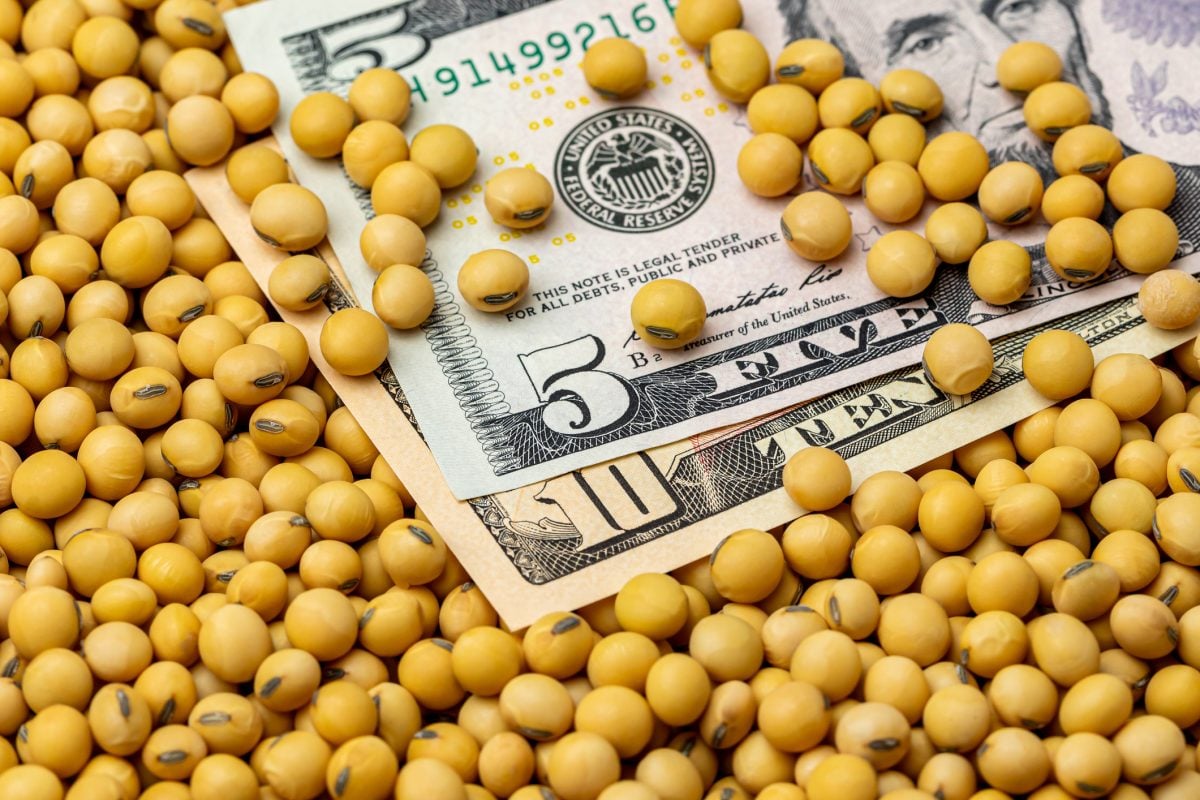
U.S. grains: Soybean futures hover near 15-month high after China buys U.S. cargoes
Chicago Board of Trade soybean futures hovered near a 15-month high on Wednesday after trade sources said China made its first purchases from the autumn U.S. harvest ahead of a summit between leaders Donald Trump and Xi Jinping.
The barley harvest is furthest along in southern Alberta, causing feed grain prices to trade below values in central Alberta and Saskatchewan. This barley market aberration may have contributed to the stronger yearling prices south of Calgary.
In the Lethbridge area, a larger group of larger-frame lower-flesh black steers weighing 920 lbs. dropped the gavel at $193 while red mixed heifers weighing 930 lbs. were quoted at $176. A group of larger-frame black steers weighing just over 700 lbs. dropped the gavel at $221 in the same area. In central Alberta, larger-frame thin Simmental-blended steers weighing just under 950 lbs. sold for $188 and Angus-based heifers averaging 975 lbs. were quoted at $169; a regular run of mixed steers weighing just over 800 lbs. sold for $199 in the same region. In central Saskatchewan, Charolais-based steers weighing around 810 lbs. were quoted at the psychological $200 level and mixed steers weighing 925 lbs. were valued at $187.
Calves took second stage this week and the market was once again hard to define due to limited volumes. Small groups were on offer and the quality was quite variable. In central Saskatchewan, decent quality 500- to 600-lb. steers were quoted from $218 to $226 and 600- to 700-lb. steers were reported from $204 to $214. In central Alberta, a small group of mixed heifers weighing 675 lbs. were reported at $187 and a small group of red and white face steers weighing 695 lbs. sold for $208.
In Western Canada, yearling supplies are below year-ago levels while in the U.S., yearling numbers outside feedlots are above 2019. We’re seeing the western Canadian yearling market trade at a premium to U.S. values. U.S. feeder cattle prices were down $2-$6 from last week. In addition to rapid harvest progress in southern Alberta, we’re also seeing U.S. corn and barley traded into the Lethbridge area, pressuring feed grain values.
— Jerry Klassen manages the Canadian office of Swiss-based grain trader GAP SA Grains and Produits Ltd. and is president and founder of Resilient Capital, specializing in proprietary commodity futures trading and market analysis. Jerry consults with feedlots on risk management and writes a weekly cattle market commentary. He can be reached at 204-504-8339 or via his website at ResilCapital.com.




